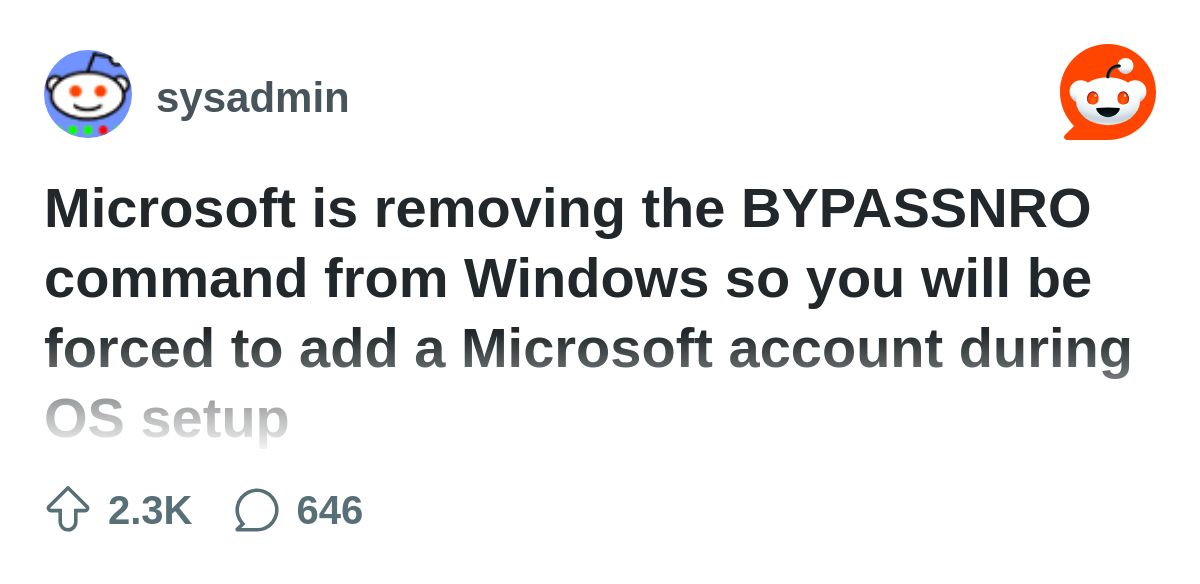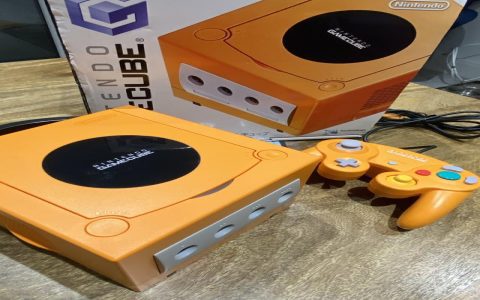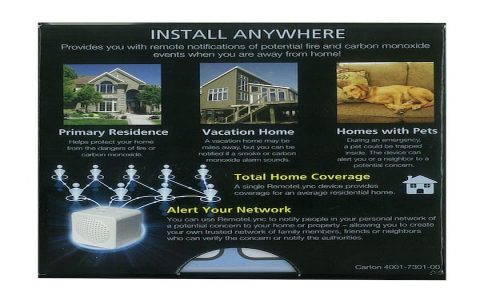The User Out-of-Box Experience (OOBE) Broker is a system component or service responsible for orchestrating and managing the initial setup and configuration sequence for end-users on a device or software platform. It acts as a central coordinator for all processes involved in the first-run experience.
Core Functions
- Sequence Management: Directs the flow of setup screens and tasks presented to the user, ensuring logical progression.
- User Interaction Facilitation: Manages user input for critical settings such as language, region, network connectivity, and account creation or sign-in.
- Service Coordination: Interfaces with various underlying system services required during OOBE, including but not limited to identity management, network configuration, software updates, and policy application services.
- State Persistence: Maintains the state of the OOBE process, allowing for resumption in case of interruption or reboot.
- Configuration Application: Applies user-selected or system-determined configurations to the device or software environment.
- Telemetry and Reporting: May gather anonymized data regarding the OOBE process success, failures, and duration for diagnostic and improvement purposes.
Architectural Considerations
A User OOBE Broker typically operates with high privilege to perform system-level configurations. It often involves several distinct modules:
- Presentation Layer Interface: Renders the OOBE user interface elements.
- Logic Engine: Contains the rules and workflow for the setup sequence.
- Configuration Agent: Executes commands to modify system settings.
- Inter-Process Communication (IPC) Handler: Manages communication with other system services and applications involved in the OOBE.
Significance
The User OOBE Broker is critical for ensuring a consistent, reliable, and user-friendly initial setup. Its proper functioning directly impacts user satisfaction and the successful deployment and adoption of the system or application. It centralizes the complexity of the initial setup, simplifying the integration of new setup modules and reducing potential points of failure.












